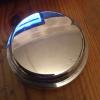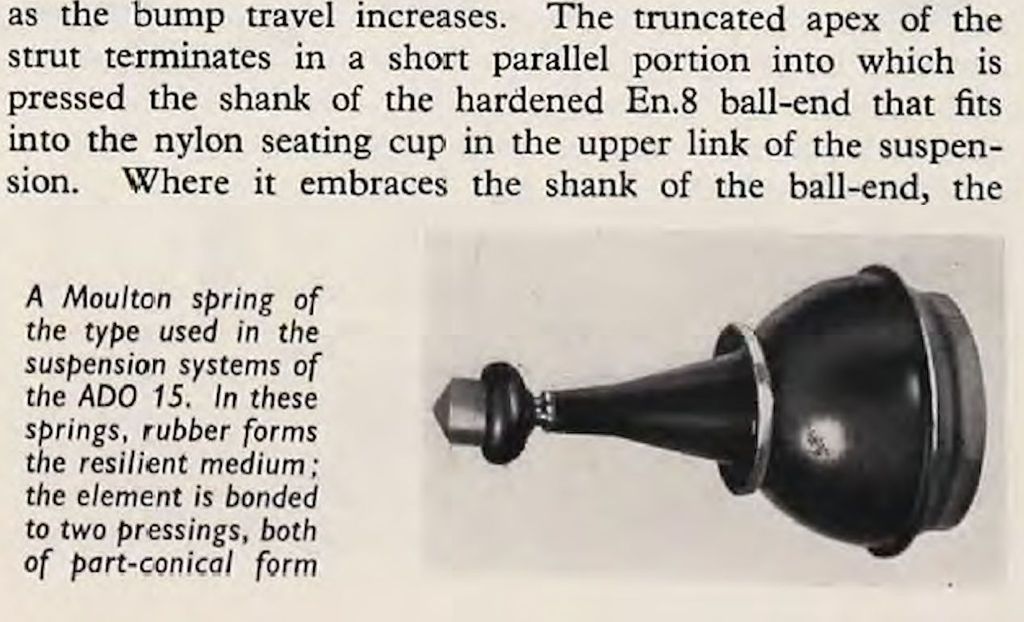......
Oh,, and apologies for not mentioning it earlier, the slightly easier way of fitting the cups to the arms, which I had almost forgotten, is to take a hot soldering iron and basically melt a shallow groove down the side of the cup, then with a sharp blade trim off any raised material. You now have a path to allow air to escape from under the cup, which helps. Don't overdo it, a groove that you can feel with your fingernail is all that you need. 10 thou deep, or so. They are still usually rather tight, which does no harm at all.
Very early arms reputedly had a very small vent hole drilled in the back to allow air out. The fact that it was definitely not there on any Mini post 1970 that I have owned suggests that it was dropped early in production. I wonder if it was a stress raiser, and initiated fractures? A rough, badly drilled hole can do that, and there is an amazingly high peak load on the area, but there are simple techniques to prevent it. Or maybe BMC were just too mean to drill the holes any more?
What ? so you are advocating a bodge that could ultimately create a failure ? I hope your insurance is valid, no not your car insurance ! your third party liability and public liability insurances !!!
I have been rebuilding and also manufacturing Mini parts for more years than the majority on this planet have been alive and I have never seen a radius or top arm that doesn't have the tiny hole, but then all my arms get beadblasted then painted... and as for "failure due to the surface finish of the hole" oh come on you can do better than that.... the small drilled hole is always a better surface finish than the bearing bored hole which is often quite a nasty finish.
Rear radius arms..... I have worked on both types of fabricated arms from the very first to the last of the production arms including hydrolastic types as well, never seen one without a hole.
















